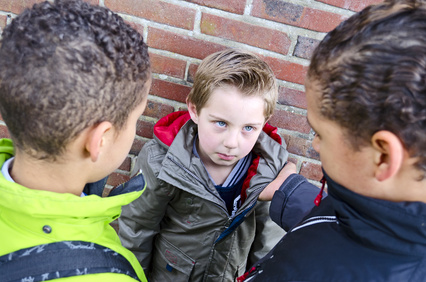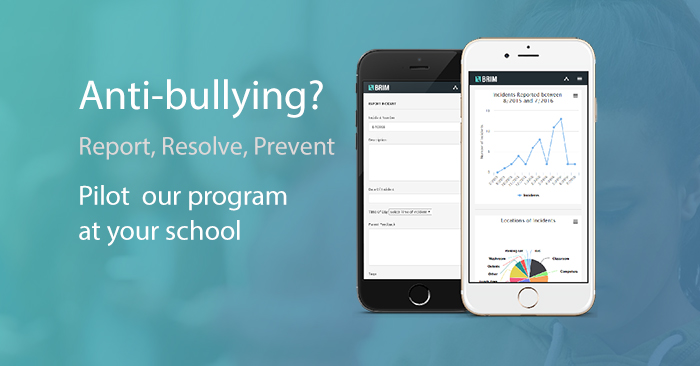What’s the best way to ensure a student is both unhealthy and depressed?
Bully them for a long time and don’t let up.
A new study in the journal Pediatrics has shown that almost half (44.6%) of students with past and present bullying experiences fall into the least healthy 10% of students. For comparison, only 6.5% of students that have never been bullied fall into the least healthy 10% of students.
In other words, a student that has been bullied in the past and present is 7x more likely to have very poor psychosocial health than their peers that have never been bullied.
This study shows clearly that long term bullying is associated with poor mental and physical health in the victim.
(The study’s lead author, Laura M. Bogart, a Harvard Medical School associate professor in pediatrics, says that due to the design of the study, they can’t conclude that poor health is a long term effect of bullying, only that the two occur together.)
How did they figure this out?
The new study by Bogart et al. evaluated a group of 4297 children at 3 time points in their life – fifth, seventh and tenth grades. At each point, they evaluated whether the student was being bullied along with their current physical and mental health.
A grade 10 student would be considered to have both past and present bullying experiences if they were bullied in either the fifth and/or seventh grades as well as in tenth grade.
What were the study results on the long term effects of bullying?
Here’s the breakdown of what students fell into the least healthy 10% of students:
- 44.6% of students that had both past and present bullying experiences
- 30.7% of students that had present bullying experiences
- 12.1% of students that had past bullying experiences
- 6.5% of students that had never been bullied.
Why was this study special?
Most studies evaluate a group of people at only one time in their life.
This study evaluated the same students at three different points in time over their childhood.
Because this study evaluates the students at different points in time over their childhood, researchers can see what happens, for example, when a student is bullied in elementary school but stops being bullied in middle school and high school.
What should schools do?
This study should emphasize to schools the importance of catching bullying as early as possible and ensuring the bullying truly ends after it’s caught.
If a school fails to notice and/or stop the bullying, this study shows that the consequences to the health of the student can be dire.
Because both noticing and stopping the bullying are critical, here’s a few questions that school staff should be asking:
- Are we making it as easy and comfortable as possible for students to report bullying? Having an anonymous reporting method available to students can be critical.
- Are we being observant and treating possible instances of bullying seriously? What can seem like harmless name calling to an adult can be devastating to children – especially when groups of children get involved in the name calling.
- Are we ensuring that the bullying really ends after we take action? Having a plan in place to regularly and discretely follow-up with victims of bullying away from the eyes of their aggressors is critical.
You can view details of the study here: Peer Victimization in Fifth Grade and Health in Tenth Grade



